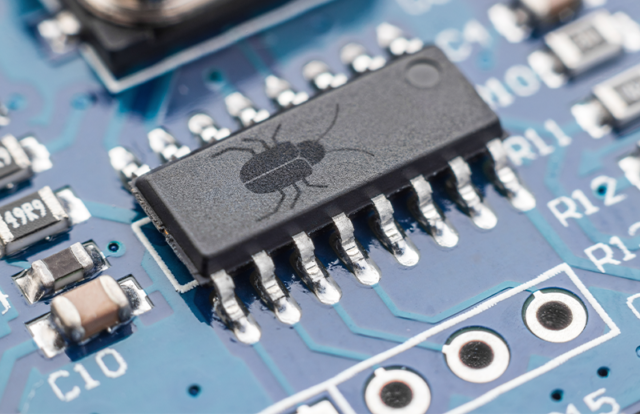
Threat actors leverage Trojans, malware, and ransomware to break into victims’ systems and cause maximum damage. We explain a different kind of malware threat that impacts users’ data privacy and security – Rootkits. Cybercriminals often utilize rootkits to spy or steal critical information from the targeted network systems.
By Rudra Srinivas, Senior Feature Writer, CISO MAG
What is a Rootkit?
Rootkits are malicious software or software tools designed to run in stealth mode on a targeted computer or device. A rootkit allows a remote attacker to obtain and maintain privileged access to the operating system on the infected machine. Threat actors could monitor and steal sensitive information leveraging rootkits.
The word rootkit is derived from two words – root and kit. The term root represents privileged administrator-level access in a UNIX system. And the word kit indicates a set of software applications that form the tool.
Rootkit Capabilities
Once installed on a targeted system, rootkits can:
- Run without any limitations on the victim’s device
- Evade security detections
- Harvest sensitive data such as credentials and other remote access privileges
- Hide its presence from anti-virus software and security admins
Types of Rootkits
- Application or User Mode Rootkits – These types of rootkits are designed to infect applications and standard files in a targeted computer. However, the infected programs and applications usually run, making it difficult to find the rootkit.
- Hardware/Firmware Rootkits – These infect hardware or firmware like hard drives, routers, network cards, and computer’s basic input operating software (BIOS).
- Bootloader Rootkits – A bootloader, also known as a boot manager and bootstrap loader, is a computer program responsible for booting a system. The bootloader rootkit infects as soon as a computer turns on by replacing the original bootloader.
- Memory Rootkits – These hide and infect the computer’s random-access memory (RAM).
- Kernel Mode Rootkits – These affect the operating system by deploying malware. Once infected, Kernel Mode rootkits allow an attacker unrestricted access and can alter data structures.
How Cybercriminals Install Rootkits
Threat actors typically inject rootkits on targeted computers via phishing or social-engineering attacks. This happens when an unsuspected user downloads the rootkit received via a malicious URL or link. Attackers could also exploit an unpatched vulnerability in software or an operating system. Rootkits can also be distributed via weaponized PDFs, malicious apps, and other media.
Detection and Prevention
It’s a challenge for security admins and software to detect rootkits as they disguise themselves on the system. While there are no standard measures to discover rootkits, certain security actions can help protect endpoints from rootkit infections. These include:
- Download computer programs and drivers only from authenticated sources
- Always validate before downloading any email attachment received from unknown sources
- Update the operating system, browser, and system software regularly
- Regularly scan for security flaws and patch known vulnerabilities
- Configure your systems according to prescribed guidelines
- Deploy security firewalls to check for any suspicious activities on the system
About the Author
Rudra Srinivas is a Senior Feature Writer and part of the editorial team at CISO MAG. He writes news and feature stories on cybersecurity trends.











